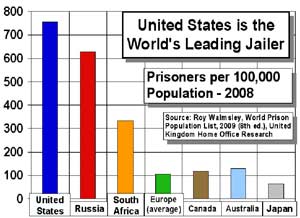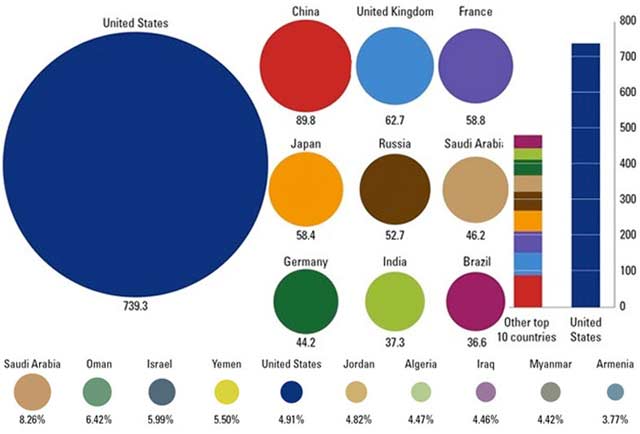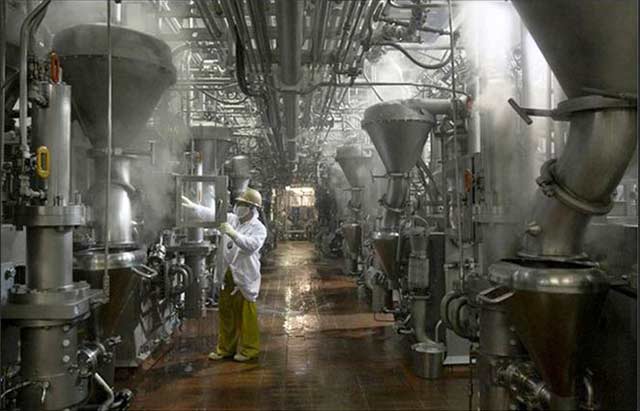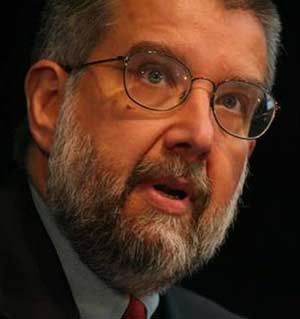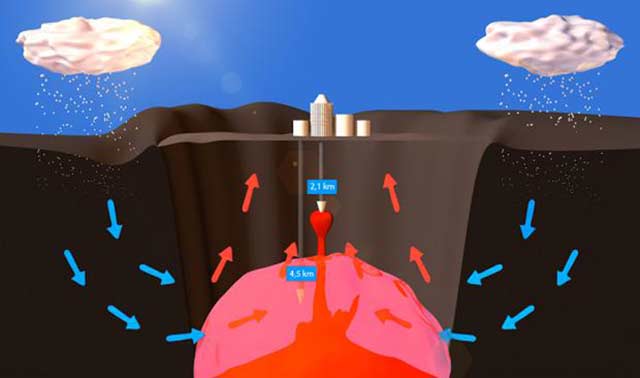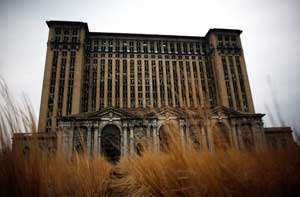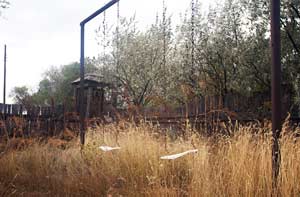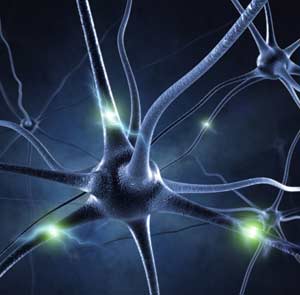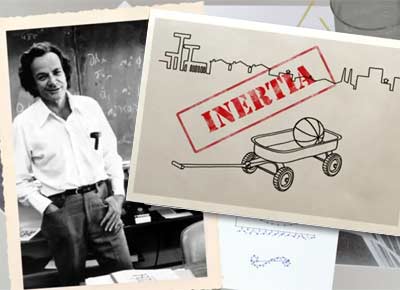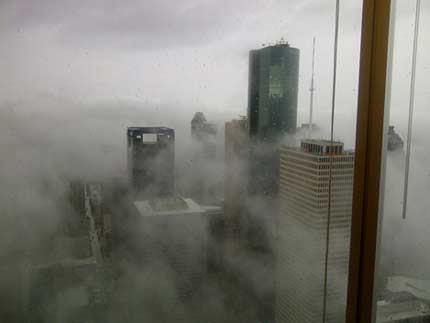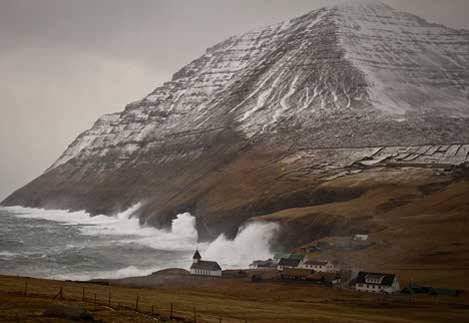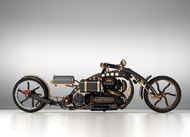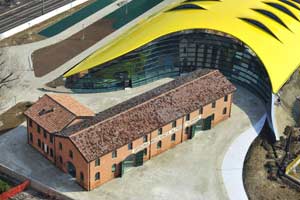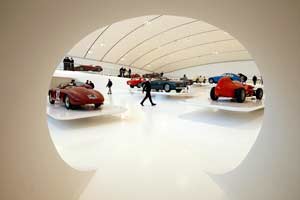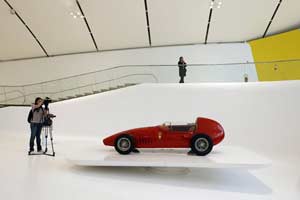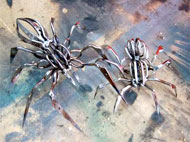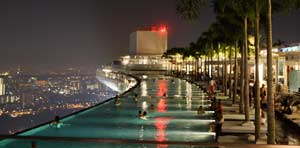Cruel? Unusual?
- In 1970, there were roughly 350,000 people in jails and prisons in the US. Today there are more than 2.2 million with another 5 million on probation or parole. One in every 31 Americans is subject to some form of correctional control. Public safety is a legitimate priority for any nation, but it doesn’t explain the fact that the US has the highest rate of incarceration in the world. While more than one in 100 adults in America are behind bars, that number is one in 15 [I believe this figure is high] for African-American men. For every 9 people executed in the US in the last 40 years, one person on death row was found to be innocent. [I found some “facts” in this article to be suspect.]
- But it is the length of sentences that truly distinguishes US prison policy. Some prisoners are locked up for life — literally — and many receive harsh sentences for non-violent crime. These long sentences are leading to an ageing prison population — with 8% of prisoners now over the age of 55. This, in turn, is increasing the burden of providing healthcare and geriatric services. And in California alone, it is believed that around 50% of inmates need mental health treatment. In Texas, there’s an old saying among prisoners: “You’re guilty until proven rich.” (And now add, “Or too old or sick to discharge anyway?” (This article as well has some unsupported assertions.)
- Once an isolationist communist state, over the past 20 years China has become the world’s biggest exporter of consumer goods. But behind this apparent success story is a dark secret — millions of men and women locked up in prisons are forced into intensive manual labour. China has the biggest penal colony in the world — a “secret” network of more than 1,000 slave labour prisons and camps known collectively as “The Laogai”. And the use of the inmates of these prisons — in what some experts call “state sponsored slavery” — has been credited with contributing to the country’s economic boom. Those who refuse to work are beaten. In the US, meanwhile, increased prison privatisation in recent decades is a hidden factor behind America’s obscene spike in incarceration rates. It’s believable that the money generated by highly profitable companies like Corrections Corporation of America and GEO Group has some influence on increasing the prison population. As long as there’s a profit motive to lock people up for private gain, prison populations will continue to inflate. But by how much is unknown.
Economist Glenn Loury argues that the USA’s extraordinarily high incarceration rate isn’t a response to rising crime rates or a proud success of social policy, but the product of a generation-old collective decision to become a more punitive society. He connects this policy to the history of racial oppression, showing that the punitive turn in American politics and culture emerged in the post-civil rights years and has today become the main vehicle for the reproduction of racial hierarchies.
 Animals
Animals Animation
Animation Art of Playing Cards
Art of Playing Cards Drugs
Drugs Education
Education Environment
Environment Flying
Flying History
History Humour
Humour Immigration
Immigration Info/Tech
Info/Tech Intellectual/Entertaining
Intellectual/Entertaining Lifestyles
Lifestyles Men
Men Money/Politics/Law
Money/Politics/Law New Jersey
New Jersey Odds and Oddities
Odds and Oddities Older & Under
Older & Under Photography
Photography Prisons
Prisons Relationships
Relationships Science
Science Social/Cultural
Social/Cultural Terrorism
Terrorism Wellington
Wellington Working
Working Zero Return Investment
Zero Return Investment
